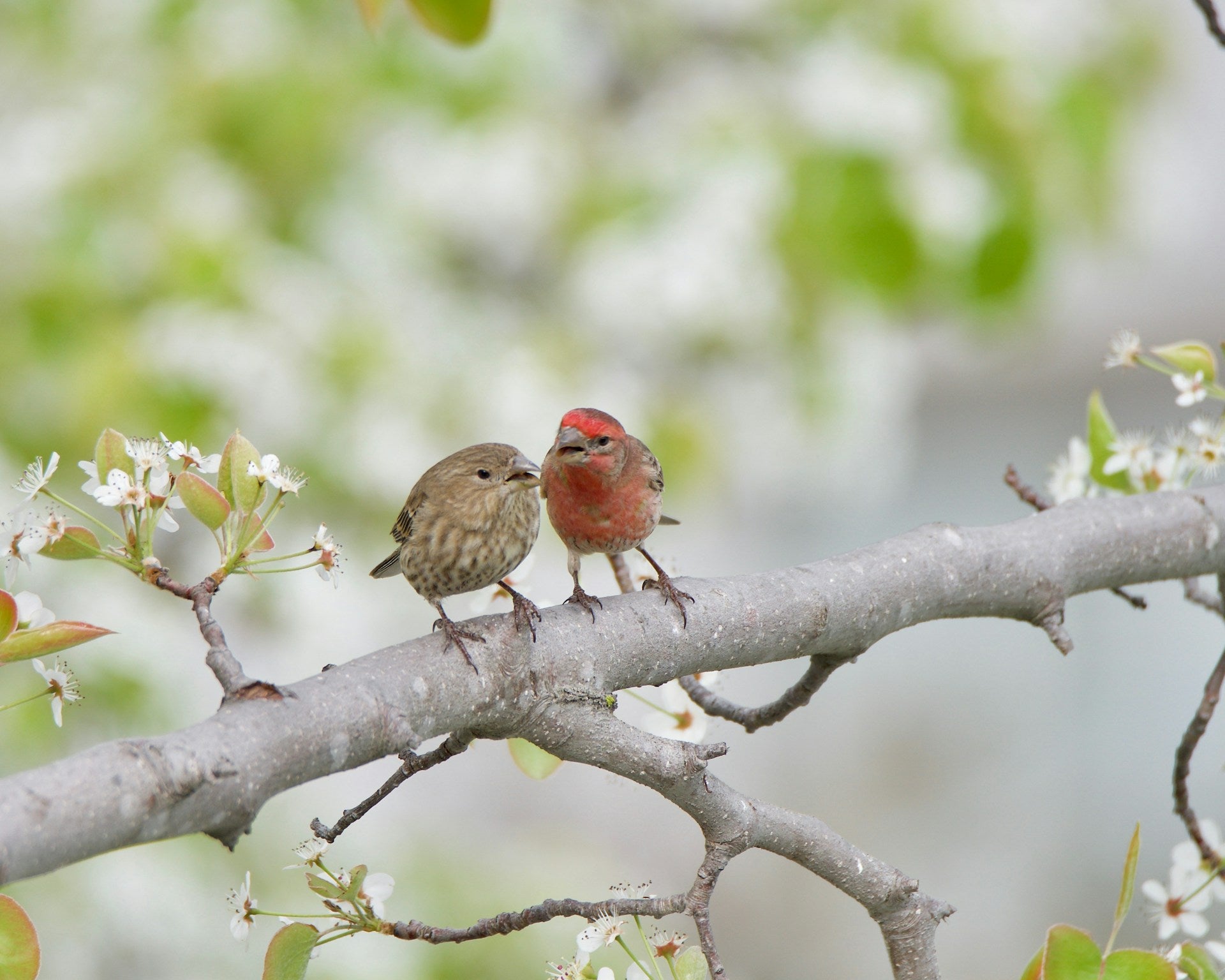

· By Brooke Hamilton-Benjestorf
Summer Birding in Napa
Birdwatching is a way to interact with the natural world. So many of us find value in interacting with pets, but to have birds come to a feeder at your house, is a way to metaphorically touch the wild world.
So here are some birds that are out in the summertime in Napa County, in case you’re in need of a metaphorical wild touch. (Thank you to the Napa Solano Audubon Society for a wealth of information from which to draw upon.)
Northern Pygmy Owl
These little guys, who are diurnal and therefore easier to observe than many other owls, rest in the hollows of trees. Dark brown and white, with a long tail, their call sounds like a single, beautiful note played on a flute. Though small, they can take prey up to three times their own size, and often eat songbirds. This is why, in turn, you may observe Northern Pygmy Owls being mobbed by smaller birds (like songbirds) in defense.
Allen’s Hummingbird
The Allen’s Hummingbird, whose sounds are made up of sorts of buzzes, ticks, and tinkles, have gorgeous copper and green feathers. They primarily spend their winters in Mexico, but some stay in California year-round, so you can observe them in summertime and beyond! They breed along the coast of California and Oregon. Can you imagine these itty bitties migrating such distances? It’s very cool to think about.
Hairy Woodpecker
These striking guys - black and white with bright dashes of red - sing melodious chirps when they’re not pecking away. In North America, they live at all sorts of elevations, making them very adaptable birds. Spending their lives foraging for food in trees, the hairy woodpeckers can live as long as fifteen years. So if one takes a liking to one of the trees in your backyard (dead or alive - they’re not picky), you might have just made a longtime friend.
Purple Finch
The Purple Finch is either a stunner or a real cutie pie. Adult males are pomegranate-colored, looking like they got dipped in red juice, while the females are brown and white, with mohawk-y feathers on their heads. While their calls consist of a sweet chain of chirps, they are also known to incorporate the sounds of other bird species into their songs. They have large, seed-cracking beaks, and can live very long lives. These darlings can live up to thirteen years!
Violet-Green Swallow
Violet-Green Swallows have striking white bodies and cheeks, with purple and green wings and head. They nest in groups and can fly up to twenty-eight miles per hour. Their calls resemble buoyant, full drops of water falling into a deep puddle. (I’m considering listening to a recording of their songs as I fall asleep tonight.) Interestingly, they’re more closely related to swallows in the Caribbean than other North American swallows.
Cedar Waxwing
The Cedar Waxwing is an incredibly distinct-looking bird. If you’re not familiar, I suggest you Google them now. I even let out a little gasp when I first saw one. They have a very smooth look, painted in taupe-y light brown, yellow, and gray. They gather by the hundreds in the fall to eat fruit together. Cedar Waxwings specialize in eating small fruits, which sets them apart from most North American bird species. Their call is also distinct - a piercing, shrill whistle.
That’s all the birds for now. And another tool to put in your slow-living pocket, in case you’re not already birding it up out there. Happy Summer!
Photo by Vijayalakshmi Nidugondi on Unsplash
- #Birding
- #Birdwatching
- #California Gardening
- #Conscious Living
- #Finches
- #Intentional Living
- #Local
- #Mediterranean Garden
- #Mindful Gardening
- #Mindfulness
- #Mother Earth
- #Napa Birding
- #Napa Birdwatching
- #Napa Valley
- #Napa Valley Living
- #Native Gardening
- #Natural beauty
- #Natural living
- #Owls
- #Quality of Life
- #Self-improvement
- #Slow Living
- #Songbirds
- #Summer
- #Summer Feels
- #Summer Vibes
- #Sustainable beauty
- #Sustainable Gardens
- #Swallows
- #Thoughtful Living
- #Tread lightly